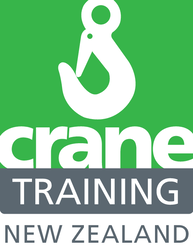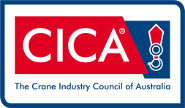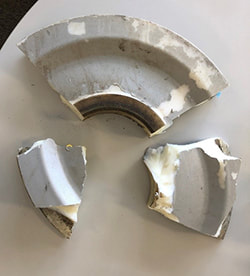 The purpose of this safety alert is to highlight the risk of rope sheave failure on mobile cranes. Crane owners, crane operators and workers involved in rigging cranes should apply the principles in this alert to any crane with rope sheaves. Background In May 2019, a plastic (nylon) hoist rope sheave on a 130-tonne mobile crane catastrophically failed and broke into pieces during an attempt to lift an 8 tonne load on the main winch rope (refer Photograph 1). As the sheave failed, the load dropped a short distance and applied shock loading to the hoist rope, damaging it. The main winch was rigged with three parts (falls) of rope. Fortunately, no-one was injured and damage to the crane was minor. However, the incident had the potential for more serious consequences if the lifted load was heavier. With a heavy load, failure of a rope sheave can cause complete failure of a wire rope. The sheave that failed was a top sheave on the end of the hydraulic boom. On this crane the hoist rope passes through the top sheave and then down to a sheave on the bottom of the boom tip before passing down to the hook block. Contributing factors It appears the main cause of the incident was that the hoist rope applied a side loading to the sheave, caused by misalignment of the hoist rope. Instead of the hoist rope passing from a top sheave to the sheave directly below (so that it is close to vertical), it passed from the top sheave to the third sheave along (refer Photograph 2). Sheaves are designed for loads to be applied in the direction of the sheave, so that the sheave can freely rotate with negligible side load. It is acknowledged that when rigging a mobile crane in multiple falls (parts) of rope, there will be a slight rope angle between sheaves due to the position of consecutive sheaves. As the hook block is hoisted down this angle will reduce, and any side loading applied to the sheaves will also reduce. However, for a misaligned rope on the end of a crane boom, the distance between the top and bottom sheaves stays the same and the associated side loading remains constant. Photograph 1: Failed sheave segments Action required: Mobile cranes are to be rigged in accordance with the manufacturer's instructions. The rigging set up should ensure when a rope passes from one rope sheave to another, the consecutive sheaves are aligned as closely as possible. If inspection shows that the reeving is incorrect and excessive side load is being applied to the sheaves, the sheaves should be thoroughly inspected and, if necessary, replaced with new sheaves that comply with the crane manufacturer's specifications. Regular inspection and service of rope sheaves should be carried out in accordance with the crane manufacturer's instructions during the crane's periodic safety inspections. Damaged and worn sheaves are to be replaced. At the major inspection, all rope sheaves should be removed from the crane and closely inspected for both their condition and operation. Sheaves should not be painted. Photograph 2: Example of correct and incorrect rigging on boom head Reference:
See more information here One death and one critical injury is the result of an incident on a worksite in Victoria, Australia.
Worksafe Australia issued a notice that can be read here CMEFU Construction have issued a safety notice recommending that all work stop on all Raimondi cranes. Read notice here Raimondi have sent out a notice to all dealers and clients about the three incidents in Australia. Download the notice here Operating cranes across pedestrian walkways and occupied buildings is an inherent risk where Regulation 6 of the Health and Safety at Work Regulations, the Hierarchy of Controls, must apply (Isolating the hazard giving rise to the risk to prevent any person coming into contact with it). The Crane Safety Manual v3.1 (Section 2, pg 12) states "Keep out of the danger zone which includes the:
This did not happen in this New York crane incident. Safety Alert - Product Recall for IWR Bow Shackles & Pins.
The range of recall are rated at working limit WLL 1T to WLL 25T Open Product Recall Here Many don't appreciate the value of a safety harness until it does its job. You will know that the two workers in the following clip really appreciate the value of a safety harness Ship Crane Responsibilities in Ports. This notice was issued by Maritime New Zealand in 2011.
Read more here NZTA would like to inform transport operators that the earthquake on Tuesday 22 February left the State Highway network structures largely unaffected. Only two structures were majorly affected and these are on SH 74 on the Ring Road. The Anzac Drive Bridge (BSN 119) on Anzac Dr and the Horotane Valley Overpasses No 1 and 2 (BSN 217 & 218) on the Tunnel Rd are not to be crossed by any overweight loads and will only be assessed on a case by case basis except for ISO containers being moved on overweight permits who may continue to use these structures.
Note: This information was updated in the 2015 Crane Safety Manual. Refer to Complex Lift which replaced the terminology referred to here as a critical lift. The Crane Association has left this information here for historical record. See the latest Crane Safety Manual for the latest information and advice on Multiple Crane Lifts. Category One
1. A relatively simple basic lift requiring one or more cranes. 2. A relatively routine, simple basic lifts not involving significant height or reach using two or more cranes. A relatively routine, simple basic lift is normally one which because of weight, length or physical size requires two cranes e.g. lifting a 40ft container from each end off a truck and placing it on the ground. The Load Lifting Approved Code of Practice states:
4.4 Wire rope (bulldog) clips 4.4.1 Do not use wire rope (bulldog) grips on any load-hoisting rope. They are only suitable for forming an eye on stays or guys. 4.4.2 Wire rope (bulldog) grips must comply with DIN 1142 or equivalent Standard as per the drawing. |
Archives
June 2023
Categories
All
|
|
|
|
NZBN: 9429042812272
The Crane Association of New Zealand (Inc.) has membership or reciprocal membership with the following associations

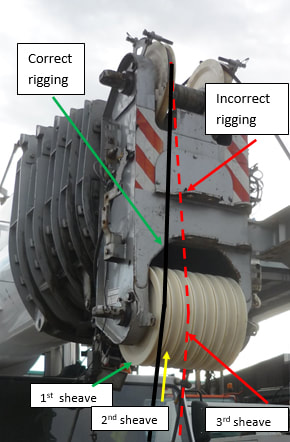
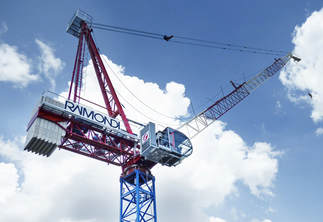
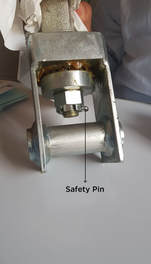
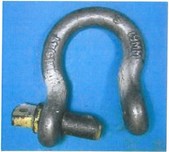
 RSS Feed
RSS Feed

